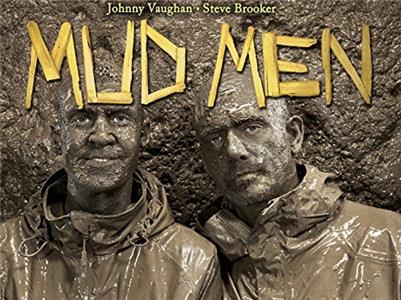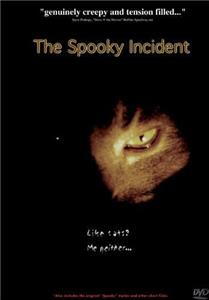Ambavi Suramis tsikhitsa (1985) Online

A film version of a well-known Georgian folk-tale. A young boy has to be immured into the walls of a fortress in order to stop it from crumbling to pieces.
| Credited cast: | |||
| Veriko Anjaparidze | - | Fortune Teller (as Veriko Andjaparidze) | |
| Tamari Tsitsishvili | |||
| Dudukhana Tserodze | - | Osman-Agha's Mother | |
| Dodo Abashidze | - | Osman-Agha / Simon | |
| Sofiko Chiaureli | - | Vardo | |
| Zura Kipshidze | - | Durmish-Khan | |
| Levani | - | Zurab (as L. Uchaneishvili) | |
| Rest of cast listed alphabetically: | |||
| M. Abaishvili | |||
| Leila Alibegashvilli | - | Young Vardo | |
| G. Ambartsumov | |||
| Mzia Arabuli | - | (as M. Arabuli) | |
| L. Arzhanov | |||
| Toma Arzhanov | - | (as T. Arzhanov) | |
| Paata Baratashvili | - | (as P. Baratashvili) | |
| Gia Burjanadze | - | (as G. Burdzhanadze) |
Some of the original sound track was destroyed in a fire at the Georgian film archive in Tbilisi.
This was main director Sergei Parajanov's first film in 15 years, having spent 4 of those in prison for lewd acts and bribery.





User reviews